This compilation details the world’s biggest optical reflecting telescopes with objective lenses at least 3.0 meters (120 inches) across, ranking them by their aperture. The aperture serves as a key indicator of a telescope’s ability to collect light and resolve fine details. While the actual mirror size could exceed the aperture, certain telescopes employ aperture synthesis via interferometry to enhance their capabilities.
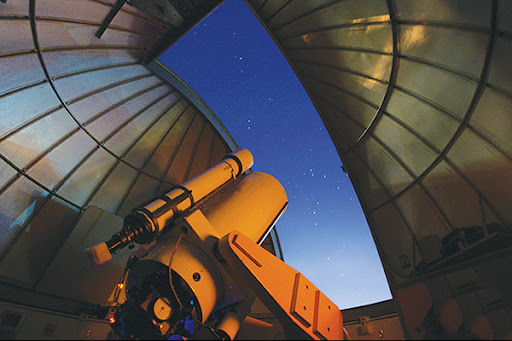
For instance, when used together, the Keck I and II telescopes form the Keck Interferometer, achieving resolutions superior to a single telescope by effectively combining their apertures to reach up to 85 meters. However, this method is usually limited to a smaller observation scope. Similarly, the Large Binocular Telescope with its twin mirrors mounted together has a combined mirror spacing of 22.8 meters, optimizing the application of aperture synthesis.
When it comes to telescopes, bigger isn’t always synonymous with better. The straightforward measure of a telescope’s light-collecting capability doesn’t fully capture a telescope’s quality. Consider the example of space telescopes like the Hubble Space Telescope, which benefits from its position above the atmospheric interference of Earth, obtaining sharper images and collecting more light due to the potential for lengthier exposure times.
Moreover, an observatory’s geographical placement, whether in the northern or southern hemisphere, dictates the specific segment of the cosmos it can survey. Additionally, the local climate where a telescope resides significantly influences how frequently it can be utilized throughout the year.
The most sizable ground-based telescopes have their own set of advantages. They couple immense mirrors with prime locations—carefully chosen for atmospheric stability and optimal weather conditions. These terrestrial telescopes integrate advanced technologies such as active and adaptive optics to mitigate the distorting effects of atmospheric turbulence. This sophistication enables them to match, and sometimes surpass, the resolution quality of the Hubble Space Telescope.
Terrestrial observatories hold an economic edge. The costs associated with updating and replacing their instruments are substantially less when compared to their space-based counterparts. This relative affordability facilitates continual technological advancements in ground-based telescope systems.
Precision Artisans of the Cosmos: The Elite Refiners of Telescope Mirrors
A limited number of facilities worldwide have the expertise to refine telescope mirrors to the necessary degree of precision. Notably, SAGEM in France has completed work on important projects like the Very Large Telescope (VLT)’s four mirrors, Gemini Observatory’s pair, and the thirty-six segments of the Gran Telescopio Canarias (GTC). Meanwhile, the Steward Observatory Mirror Lab in the U.S. has an impressive repertoire as well, having cast and polished the twin mirrors for both the Large Binocular Telescope (LBT) and Magellan telescopes, a replacement for the MMT Observatory, and the dual-purpose primary/tertiary mirror for the Large Synoptic Survey Telescope (LSST). Now, this lab has its sights set on the Giant Magellan Telescope’s mirrors.
Specific techniques are evidenced by the work of other manufacturers, like Schott AG, who crafted the segments for Keck Observatory, and LZOS, which produced those for the Southern African Large Telescope (SALT) and the Large Sky Area Multi-Object Fiber Spectroscopic Telescope (LAMOST). As for the mirror serving Subaru Telescope, Corning was responsible for the initial casting, after which Contraves Brashear Systems in Pennsylvania, USA, took on the fine-tuning.
It’s important to clarify that the data excludes notable examples of large mirrors, such as the 6.5-meter f/1.25 collimator mirror produced by the Steward Observatory Mirror Lab, which plays a crucial role in Lockheed Martin’s Large Optical Test and Integration Site, where it’s used for the vacuum optical testing of telescopes.
The terminology used for mirrors in the field can be categorized based on construction. Segmented mirrors, often known as mosaic mirrors, are pieced together from individual segments to form the full aperture. In contrast, monolithic mirrors, crafted as a single piece, may further fall into subcategories according to their internal structure—whether solid or engineered with a honeycomb-like design to reduce weight and improve thermal performance.
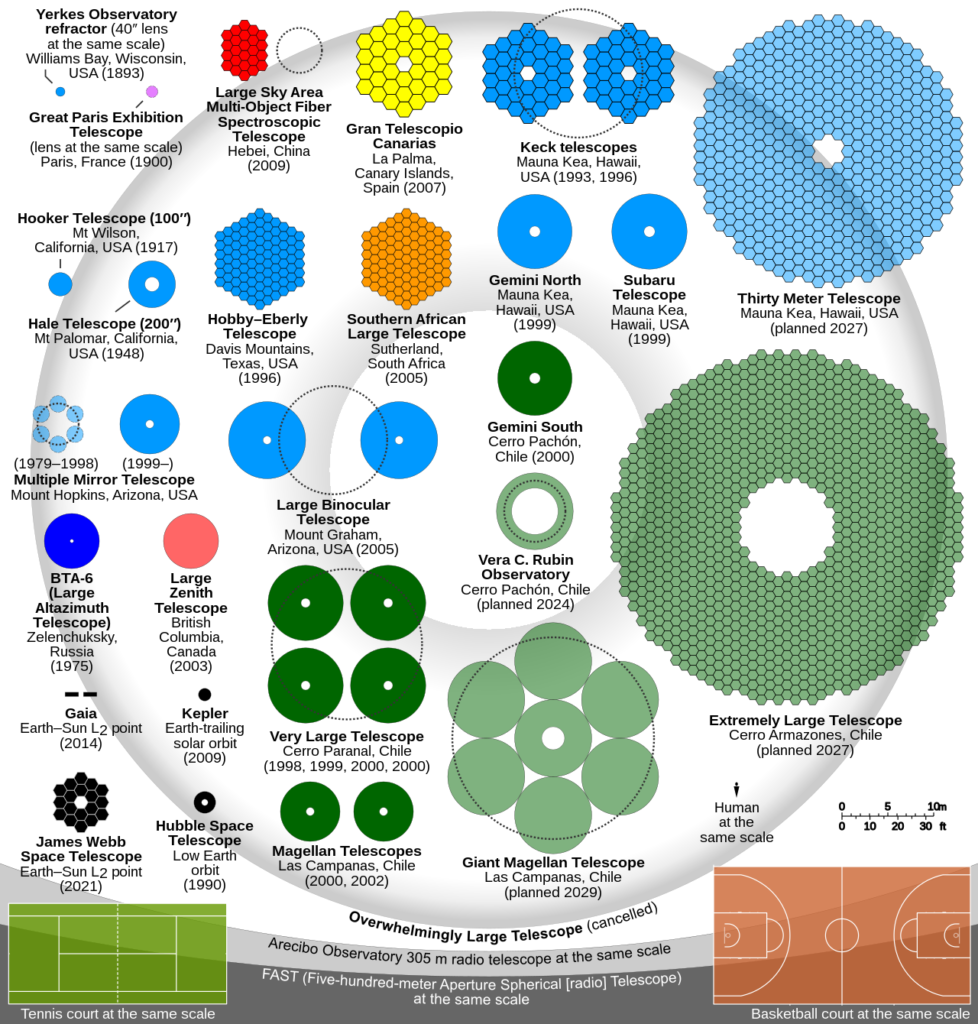
Image from wikipedia.org
Assessment of Aperture Dimensions for Selected Prominent Optical Telescopes
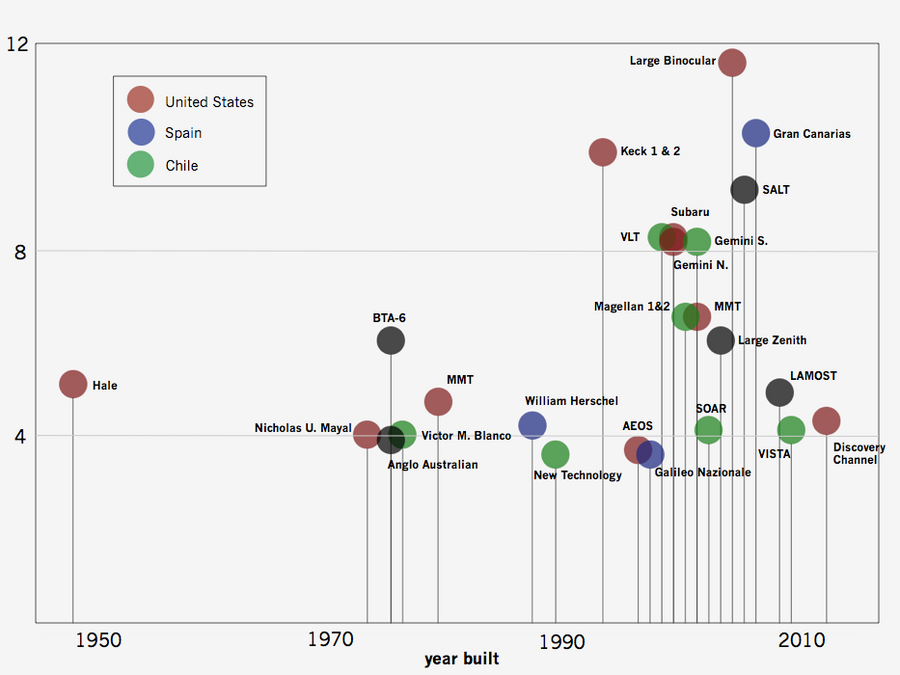
Image from wikipedia.org
In the realm of the planet’s grandest reflecting telescopes, the timeline of construction is captured along the horizontal axis, denoting the year each was built. Ascending vertically, one can gauge the magnitude of each telescope’s mirror, its dimensions quantified in meters. To distinguish nations that are hosts to multiple such telescopes, a unique color-coding system is employed for easy identification.
The following is a brief overview of some significant telescopes currently under construction, which are anticipated to fulfill the criteria for listing upon completion
1. Extremely Large Telescope (ELT), situated in Chile, boasts a colossal primary mirror measuring 39.3 meters (1,550 inches). Initiated in 2018, the telescope is expected to achieve first light by 2028.
2. The Thirty Meter Telescope (TMT) in Hawaii, USA, spans 30 meters (1,200 inches). Construction commenced in 2014 but was suspended in 2015. As of 2022, there’s no progress on the resumption.
3. Chile will also be home to the Giant Magellan Telescope (GMT), which combines seven 8.4-meter mirrors to effectively function like a 21.4-meter mirror and has the resolving power similar to a 24.5-meter mirror. Its first light is forecasted for 2029.
4. The Vera C. Rubin Observatory in Chile possesses an 8.4-meter (330-inch) mirror. With first light scheduled for 2025, it’s set to advance astronomical research.
5. San Pedro Martir Telescope, located in Baja California, Mexico, features a 6.5-meter (260-inch) mirror. Astronomers anticipate first light in 2023.
6. The Tokyo Atacama Observatory (TAO) in Chile, sharing the same mirror size as the San Pedro Martir Telescope at 6.5 meters (260 inches), is also slated for first light in 2023.
7. In New Mexico, USA, the Magdalena Ridge Observatory Interferometer is an array of optical interferometers comprising ten 1.4-meter (55-inch) telescopes, offering collective light gathering capability akin to a 4.4-meter (170-inch) aperture. The initial telescope was set up in 2016, but required construction has been on hold since 2019, pending adequate funding.
8. Finally, the Timau National Observatory in Indonesia is in the process of constructing a 3.8-meter (150-inch) telescope. Indonesia is advancing its astronomical and astrophysical research by constructing the Indonesia National Observatory. Nestled near Timau Mountain in the Kupang region of East Nusa Tenggara province, the project includes an optical telescope boasting a 3.8-meter diameter. The expectation is to have this telescope operational by the middle of 2024.
Each facility promises to contribute significantly to astronomical observation and research once operational.
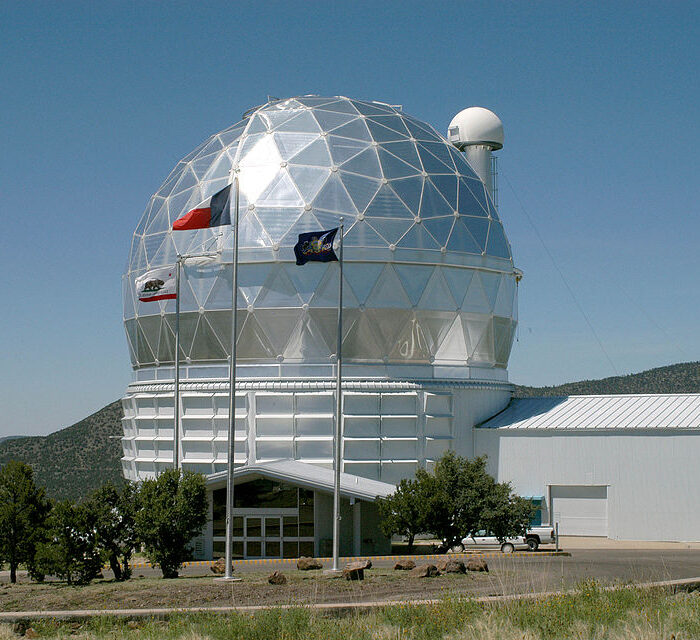
Image from wikipedia.org
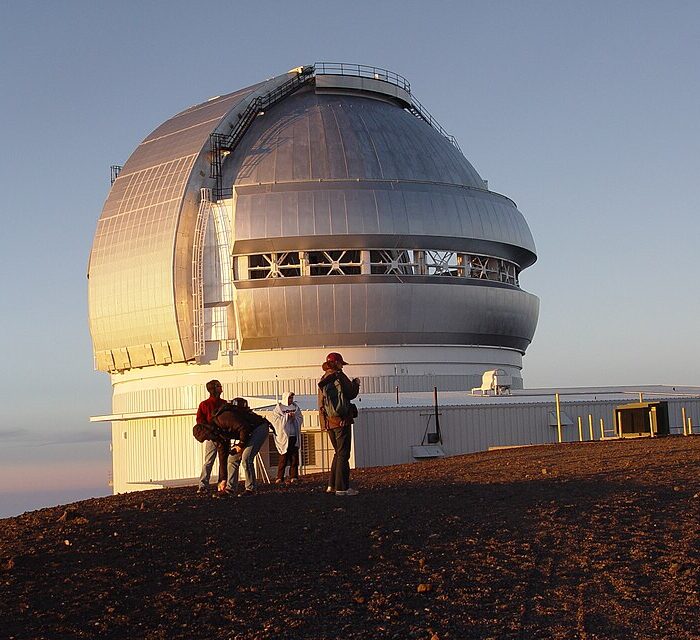
Image from wikipedia.org
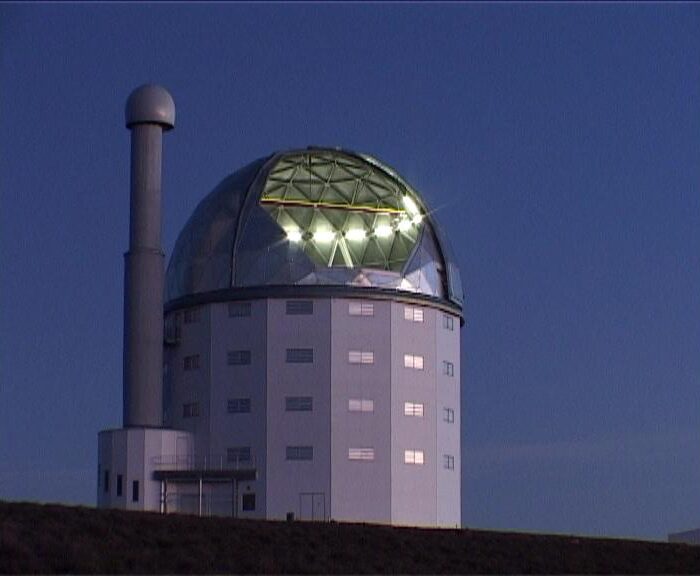
Image from wikipedia.org
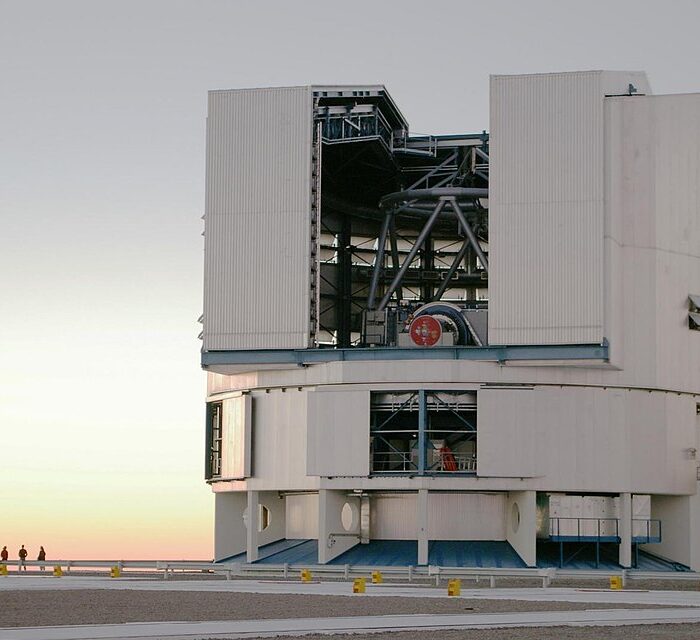
Image from wikipedia.org
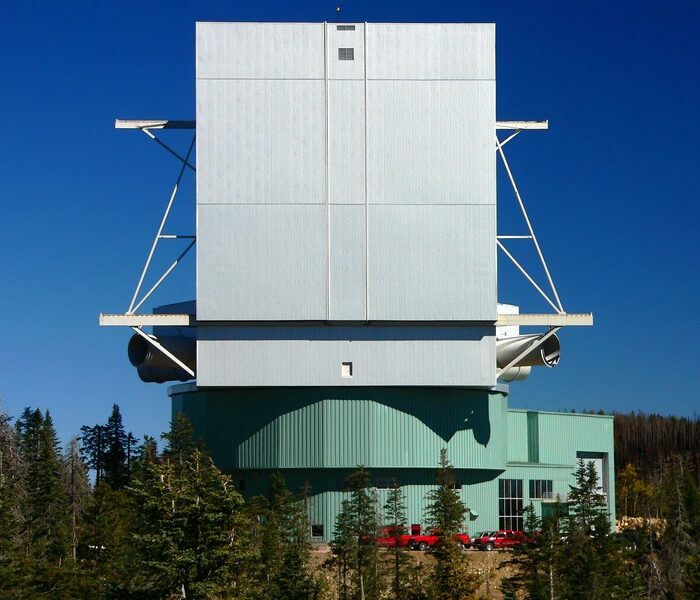
Image from wikipedia.org
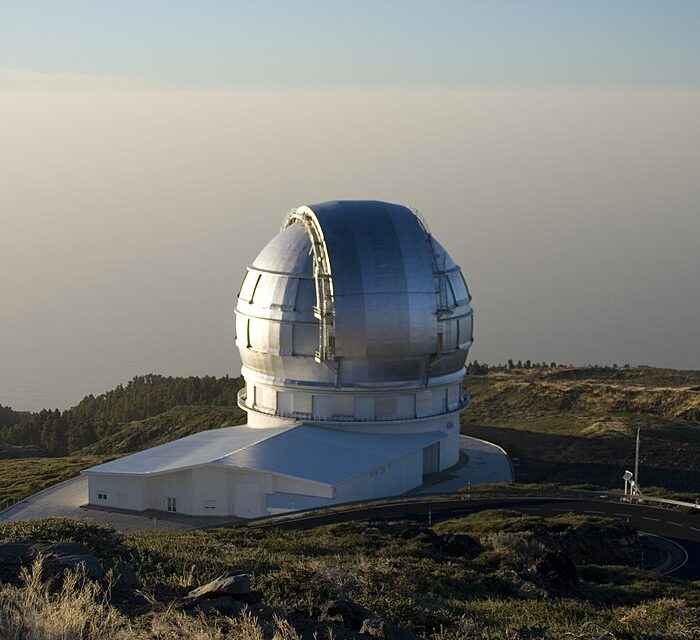
Image from wikipedia.org
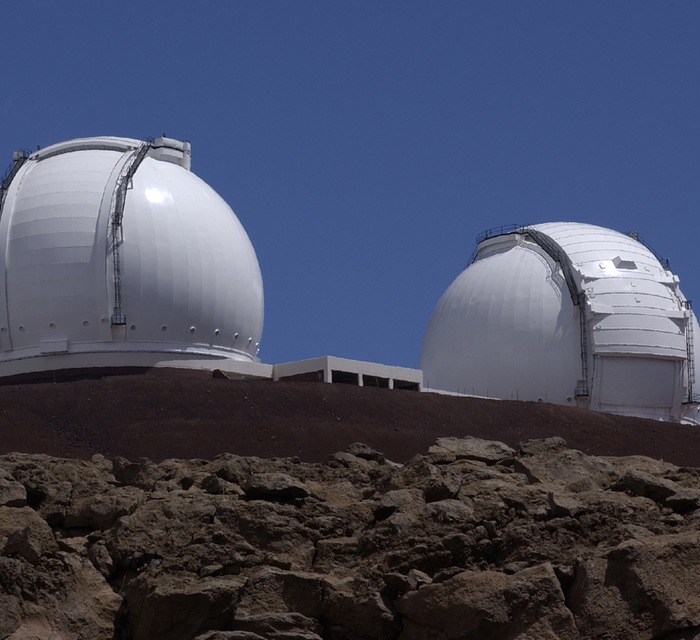
Image from wikipedia.org

Image from wikipedia.org
FAQs for "Titans of Sight: Showcasing Earth's Largest Telescopes"
These telescopes allow astronomers to observe the furthest reaches of the universe, study celestial phenomena in unparalleled detail, and detect faint objects that were previously invisible, helping us to uncover the mysteries of space.
Earth’s largest telescopes are strategically situated in various parts of the world, often in remote areas with clear skies, such as mountaintops or deserts, to minimize atmospheric disturbances and light pollution.
While some of the facilities offer public tours or viewing nights, access is generally restricted to ensure optimal research conditions. It’s best to check with individual observatories for their public access policies.
Most of these telescopes are operated by consortia of universities and research institutions, and they’re typically funded through a combination of government grants, academic contributions, and private donations.
The feature highlights a number of significant telescopes, such as the Extremely Large Telescope (ELT), the Giant Magellan Telescope (GMT), and the Thirty Meter Telescope (TMT), among others.
Advancements in telescope technology often lead to innovations in fields such as optics, image processing, and sensor technology, which have broader applications in science and industry.
While directly detecting life is challenging, these telescopes are instrumental in identifying exoplanets and their atmospheres, which is a crucial step towards finding potentially habitable environments beyond our solar system.
The construction of such large-scale telescopes is a significant undertaking, often spanning several years or even decades. New projects are planned based on the evolving needs of the astronomical community and technological possibilities.
Many observatories and astronomical institutions release findings via their websites, press releases, and social media. Additionally, scientific journals and news outlets frequently cover significant discoveries.





























